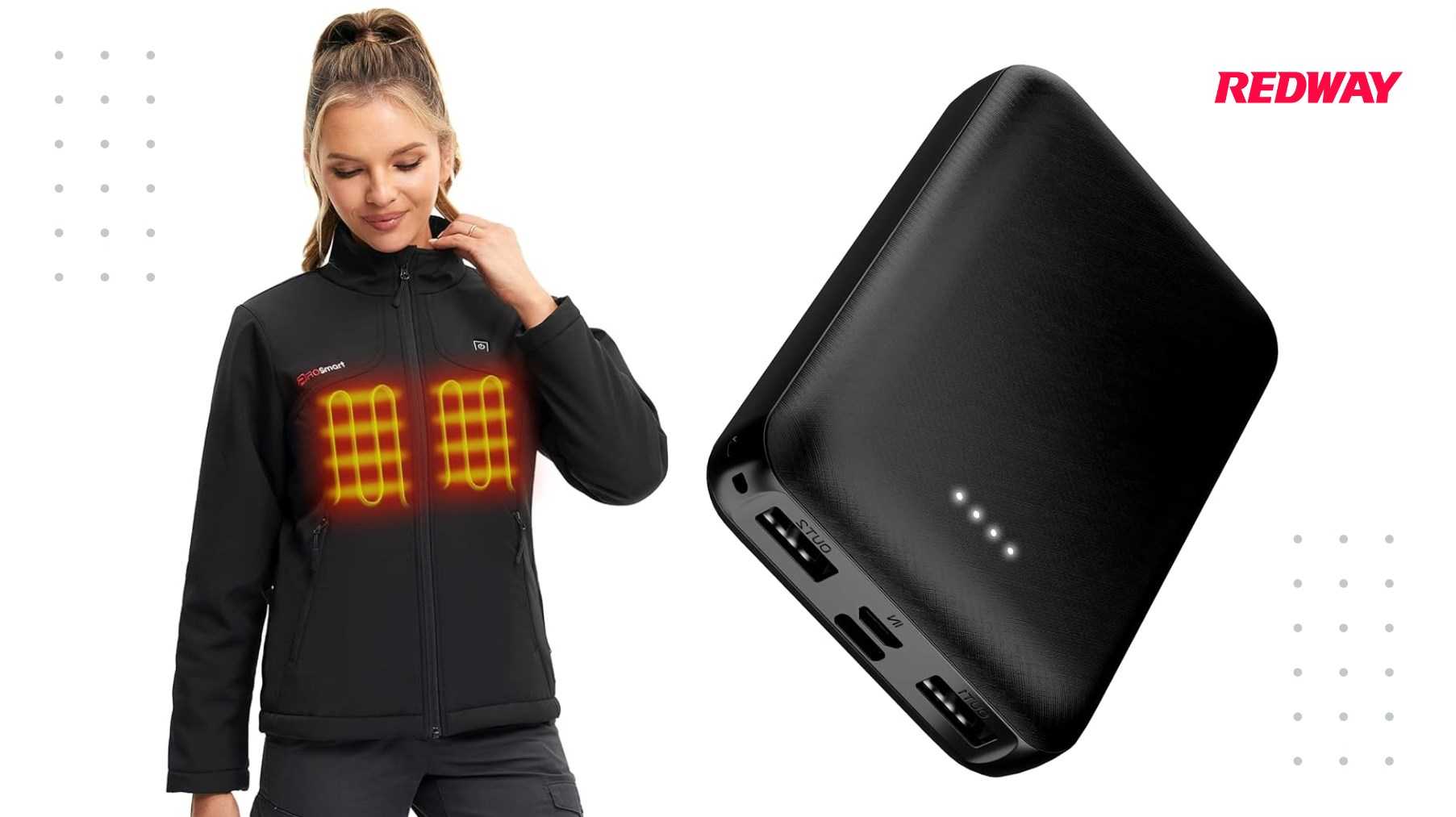Using a heated apparel battery in other electronic devices is generally not recommended unless specified by the manufacturer. Different devices may require specific voltage or connector types that are not compatible with heated apparel batteries, potentially leading to malfunctions or safety hazards.
When it comes to powering electronic devices, safety and performance are paramount. This is particularly true when considering the use of a heated apparel battery for purposes other than its intended use. In this detailed examination, we will delve into why using a heated apparel battery for other electronic devices is not recommended, and we will provide alternative solutions to ensure the optimal performance and safety of your devices.
Understanding Heated Apparel Batteries
Heated apparel batteries are specially designed to power heating elements within clothing. These batteries are engineered to deliver specific voltage and current levels required to produce heat effectively. The chemistry and circuitry of these batteries are tailored to manage the thermal output and ensure even heat distribution across the apparel.
Design and Specifications
The typical heated apparel battery operates at a voltage that is often different from that used in conventional electronic devices. For example, a battery designed for heated jackets may operate at a nominal voltage of 7.4V, while most electronic devices, such as smartphones and tablets, are designed to operate with a standard input of 5V. The power output of these batteries is also optimized for heating rather than powering electronic circuits, making them unsuitable for other uses.
Potential Risks of Using Heated Apparel Batteries in Other Devices
Using a heated apparel battery for powering other electronic devices can introduce several risks, including:
1. Electrical Compatibility Issues
Heated apparel batteries are calibrated for specific electrical requirements. Attempting to use them in devices with different voltage and current needs can lead to overvoltage or undervoltage scenarios. This mismatch can cause damage to the electronic components of the device or result in malfunction.
2. Safety Concerns
Improper use of a battery not designed for a specific electronic device can pose significant safety hazards. Issues such as overheating, short-circuits, or even battery leaks can occur, potentially leading to fires or explosions. The risk of these incidents is particularly high when using a battery that is not designed to handle the power requirements of another device.
3. Performance Limitations
Heated apparel batteries are optimized for long-lasting, steady heat output rather than high-power bursts required by devices like laptops or smartphones. Using such a battery may result in poor performance of the electronic device, including inconsistent power supply or rapid depletion of the battery.
Optimal Solutions for Powering Electronic Devices
To ensure the best performance and safety of your electronic devices, it is essential to use appropriate power sources. Here are some recommendations:
1. Use a Dedicated Power Bank
For charging smartphones, tablets, or other portable devices, it is highly recommended to use a dedicated power bank. Modern power banks are designed with multiple output options to accommodate various devices and come with safety features such as overcharge protection, short-circuit protection, and over-temperature control.
2. Utilize Manufacturer-Recommended Chargers
Always use the charger provided by the manufacturer or a certified third-party charger that meets the specific requirements of your device. Chargers are designed to deliver the precise voltage and current needed to charge your device safely and effectively.
3. Invest in Quality Charging Accessories
When selecting charging accessories, prioritize those that are high-quality and compatible with your devices. Avoid using off-brand or generic chargers, as they may not meet safety standards and could potentially damage your device or pose safety risks.
Conclusion
In conclusion, while heated apparel batteries are excellent for their intended purpose—providing warmth—they are not suitable for powering other electronic devices. Their specialized design and power specifications make them incompatible with the electrical needs of devices such as smartphones, tablets, and laptops. To ensure the safety and performance of your electronic devices, always use dedicated power solutions designed for each specific device. By following these guidelines, you can protect your devices from potential damage and ensure they operate optimally.




